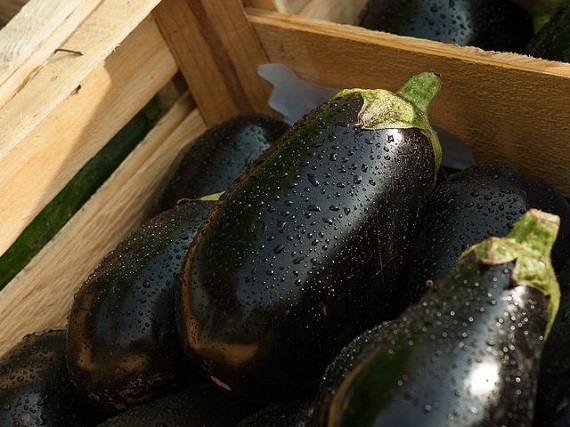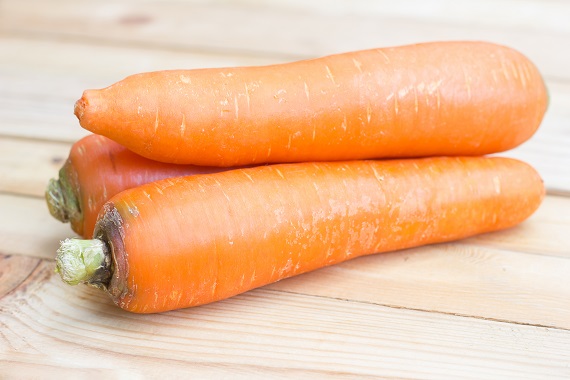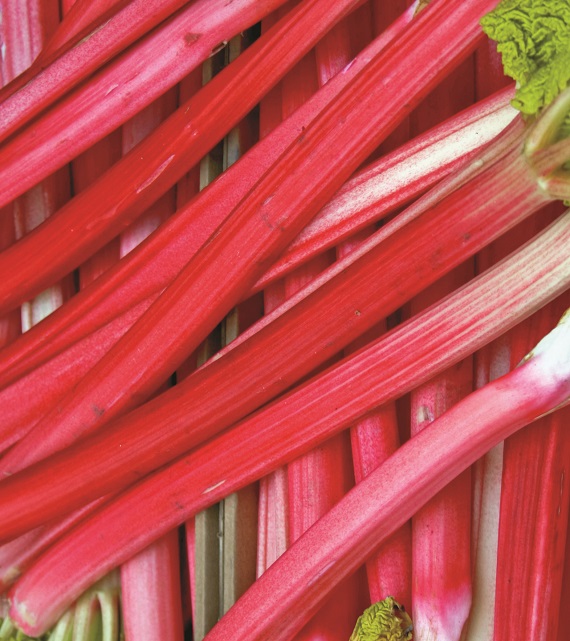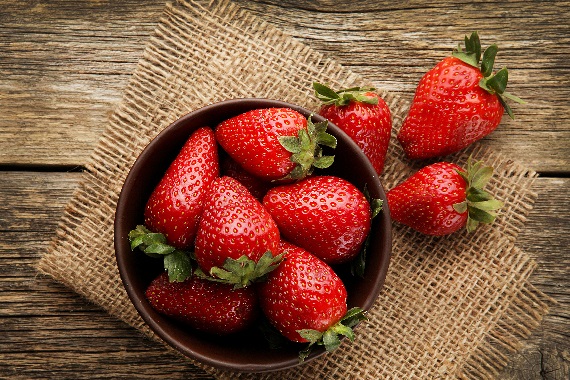Whether it`s fruit, vegetables, freshwater fish or seafood you fancy, eating what`s in season now can mean tasty, nutritious, sustainable and cost-effective choices.
This page will help you discover what to eat right now and what foods you can look forward to throughout the year.
June Seasonal Produce
Aubergines

It`s a berry; technically aubergines are a fruit! Who knew?! They are a tricky one to grow in Britain as they need warm growing conditions, hence why they are so popular is the Mediterranean and Asia. It certainly isn`t impossible to grow them here though "“ the seeds can be planted and kept in your airing cupboard and then as soon as shoots appear take them out and plant them somewhere warm, ideally a greenhouse.
Aubergines are a popular vegetarian or vegan alternative to meat as they are considered quite a meaty vegetable, for example instead of pork schnitzel, you can make aubergine schnitzel with thick slices of the vegetable.
In the Mediterranean this vegetable is popularly used in moussaka, a Greek main made with lamb mince, aubergine slices, tomato and potato, and also in Italy it is popular in Aubergine Parmigiana which is predominantly aubergine slices, tomato sauce and parmesan. Continuing with the theme of sliced aubergine, it could be used to mix up a lasagne dish and use them in the place of the lasagne sheets for something different.
Fact: despite their meaty texture, aubergines are actually 93% water!
Carrots

When carrots are grown outside of April "“ July, they need to be protected as their best growing conditions are in the sunny months, interesting when they are deemed to be such a "˜winter` vegetable. Carrots can be grown in the average household garden as early as February and often take 12-16 weeks until they are ready to be picked, therefore for those planted in February, from May onwards you will have carrots ready for eating. Farmers will grow carrots in fields as they are best suited to open ground, therefore if growing them at home opt for planting them in your garden as opposed to in growing bags.
Carrots are such a traditional British vegetable and you`d be hard pushed to find a Brit that doesn`t like them. We like to boil them, grate them, roast them, dunk them into dips, microwave them. They appear in salads, next to meat and potatoes, in coleslaw, cakes and crudités and they are perfect for spirilizing too.
This orange, wonderful vegetable (although not all varieties are orange) is 89% water, and is packed with vitamin A which is important for healthy eyes, but unfortunately it is a myth that carrots help you see in the dark.
Rhubarb

Rhubarb has a rich, tart flavour to savour and spring is the season to make the most of it. A vegetable treated as a fruit, this perennial plant is easy to grow and ready to enjoy now. Its stalks, cooked with a sprinkling of sugar to tame the tang are perfect in puddings.Rhubarb is also a great addition to dishes to other than just desserts, it can add a tart twist to traditional meals such as the roast dinner.
Does rhubarb remind you of any vegetables? Celery perhaps? This may be because rhubarb is technically a vegetable as it has no seeds, pips or stone.
June is the month that it is at its best. The colour of its stalk shows you how sweet it will be, the more intense the red, the sweeter it will be, so opting for the deeper red stalks means you can avoid adding so much sugar to it when cooking. Rhubarb can be the winning ingredient of crumbles, jellies, tarts, chutneys and cakes and with its vegetable status it is being used increasingly in savoury dishes, made possible by its rich, tart flavour. Rhubarb chutney makes an excellent accompaniment to gammon and meaty fish dishes and it also pops up as an ingredient in salads, it works well with goats cheese.
When buying rhubarb it is common for the leaves to be removed, so you are just buying the stalks, this is because the leaves are poisonous due to the amount of oxalic acid that they contain. Those working on rhubarb farms must wear gloves when harvesting as too much skin contact with the leaves can be dangerous causing burns. The stalks are the edible part of the plant though and they are completely safe to consume.
Slowly bake rhubarb with a large spoonful of chunky marmalade and use to top a creamy rice pudding. Combining rhubarb and orange is a sure fire winner.
Strawberries

In preparation for Wimbledon next month the strawberry growers will be seeing to their finest strawberries. At Wimbledon serving strawberries and cream is a tradition that has been around ever since the Championship started, there are various theories as to why this is done but one thing for sure is that each year the amount of strawberries sold keeps on going up. At the 2017 Championships 34,000kg were sold which equates to 166,000 servings!!
Strawberries are one of the more seasonally available fruits, here in the UK. It is only as we reach spring and throughout summer that British berries are on our supermarket shelves, but they can be bought year round from abroad.
Strawberries are fairly simple to grow at home, as long as they are protected from predators. When you have planted a successful strawberry plant it will generally be able to produce berries for 4 years running. They need a sunny yet sheltered spot in the garden, and as always, fertile, well-drained soil.
Nutritionally, strawberries are packed with vitamin C and folate, both important vitamins for a healthy immune system, and they also provide us with a good amount of fibre.
EAT THE SEASONS
What's best to eat in May?
Nothing tastes better than eating in season. Find out what's at its best in May
 read more
read moreWhat's best to eat in July?
Nothing tastes better than eating in season. Find out what's at its best in July
 read more
read moreWhat's best to eat in August?
Nothing tastes better than eating in season. Find out what's at its best in August
 read more
read more